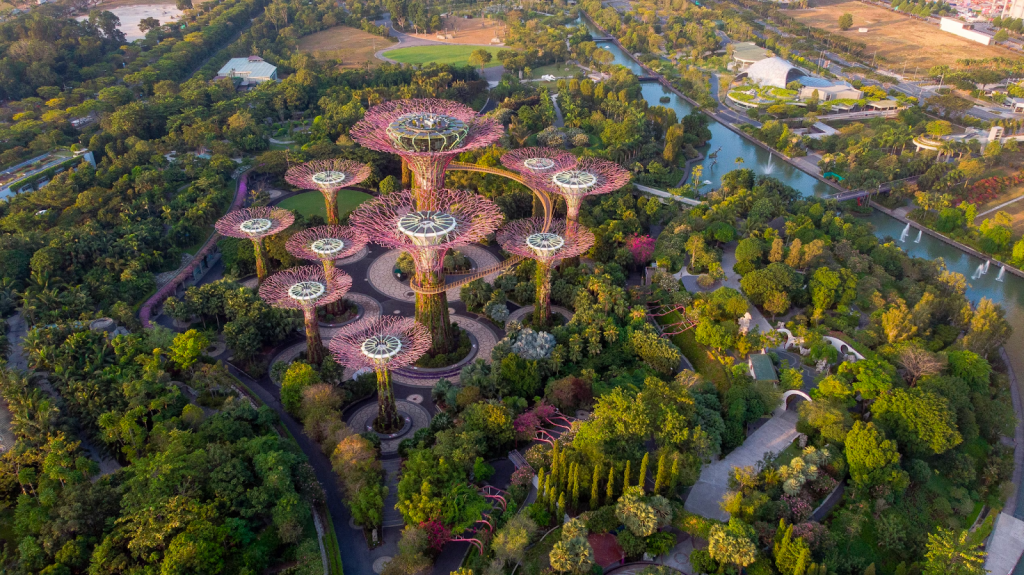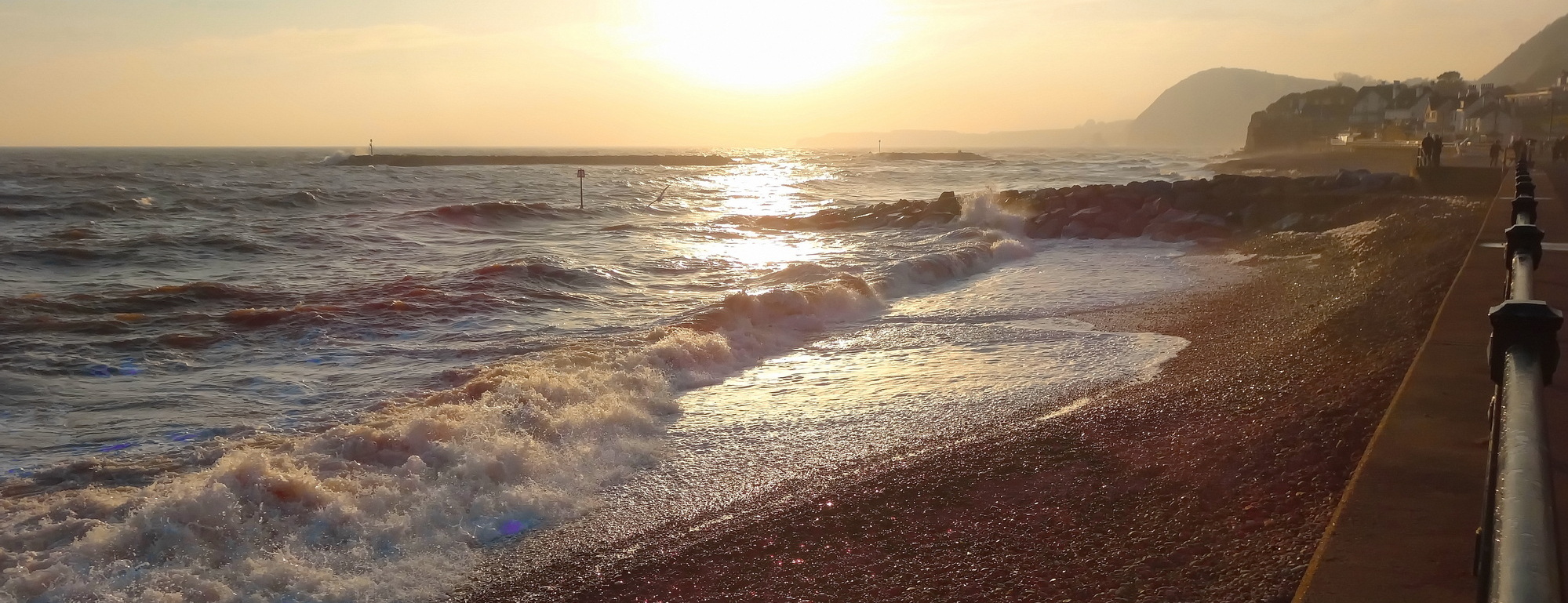One of the most commonly-used images of the SolarPunk movement is that of Singapore’s famous Gardens by the Bay:

Singapore’s Gardens by the Bay combines tropical flora with the iconic ‘supertrees’: artificial structures providing a vertical garden and shading
In one of the latest BBC Future pages, we look at how Singapore became obsessed by shade – based on an extract from Sam Bloch’s recent book, Shade: The Promise of a Forgotten Natural Resource.
It’s all about urban planning and making use of both nature and technology:
Heat is humanity’s most lethal climate threat, taking more lives every year than floods, hurricanes and wildfires combined. And the risk is greatest in cities, which are warming twice as fast as the rest of the planet because of the urban heat island effect.
As dangerous temperatures become more common, the leaders of cities around the globe, from Paris to Phoenix, are strategically planning to throw more shade. But it’s the sweltering island nation of Singapore which may well already have the best shade infrastructure of any city on Earth. People here have long had their own tricks to deal with the torrential rain and sticky heat…
The Singaporean government had a lot of leverage. Through strong eminent-domain rules, it owned about 90% of the land, and building inspectors wouldn’t clear a building for occupancy until they saw trees on the ground. Singapore’s extensive public housing estates also came with grassy lawns, leafy courtyards and tree-lined paths that connected to parks and nature reserves. As a result, trees are just about everywhere in Singapore, in rich and poor neighbourhoods alike.
“We did not differentiate between middle-class and working-class areas,” Lee wrote in his memoirs, claiming it would have been “politically disastrous” for the People’s Action Party. It makes Singapore distinct from American cities, where shade is a reliable indicator of economic inequality...
The well-established epidemiological link between air temperature and heat illness would indicate that these shadiest neighbourhoods are indeed Singapore’s safest from heat. Shade infrastructure like trees and buildings won’t be enough to overcome all the warming effects of climate change, but it will make a difference.
It’s unlikely that local American governments can be as effective as Singapore’s, an autocratic nation-state long ruled by a strongman with a personal interest in shade. Nor are most US cities fortunate enough to have Singapore’s ideal climate for growing trees. Nevertheless, Singapore shows what can be done with intentional government planning of shade. A cooler city for everyone is within reach. Let’s not pretend it’s impossible.
And this is a very good reason for increasing Sidmouth’s urban tree canopy – with thanks to the town council and the Arboretum
xxx
…
